Editor’s Note: Jimmy Collins is a member of LTV’s sponsored content team, The Leisure Explorers. Do you own a Leisure Travel Van and enjoy writing? Learn more about joining the team.
My experience going from first-timer to full-timer in a matter of months.
I’ll never forget pulling up to Johnson RV just outside Portland, Oregon, in early 2019. Sitting out front was a sparkling-new Leisure Travel Van. And not just any van! It was my new Unity Twin Bed, and I was nervous. I’d been anticipating this moment for months. What if I had made the wrong decision? What if this lifestyle wasn’t for me? And, aside from the deeper questions, what if I’d picked the wrong floor plan?
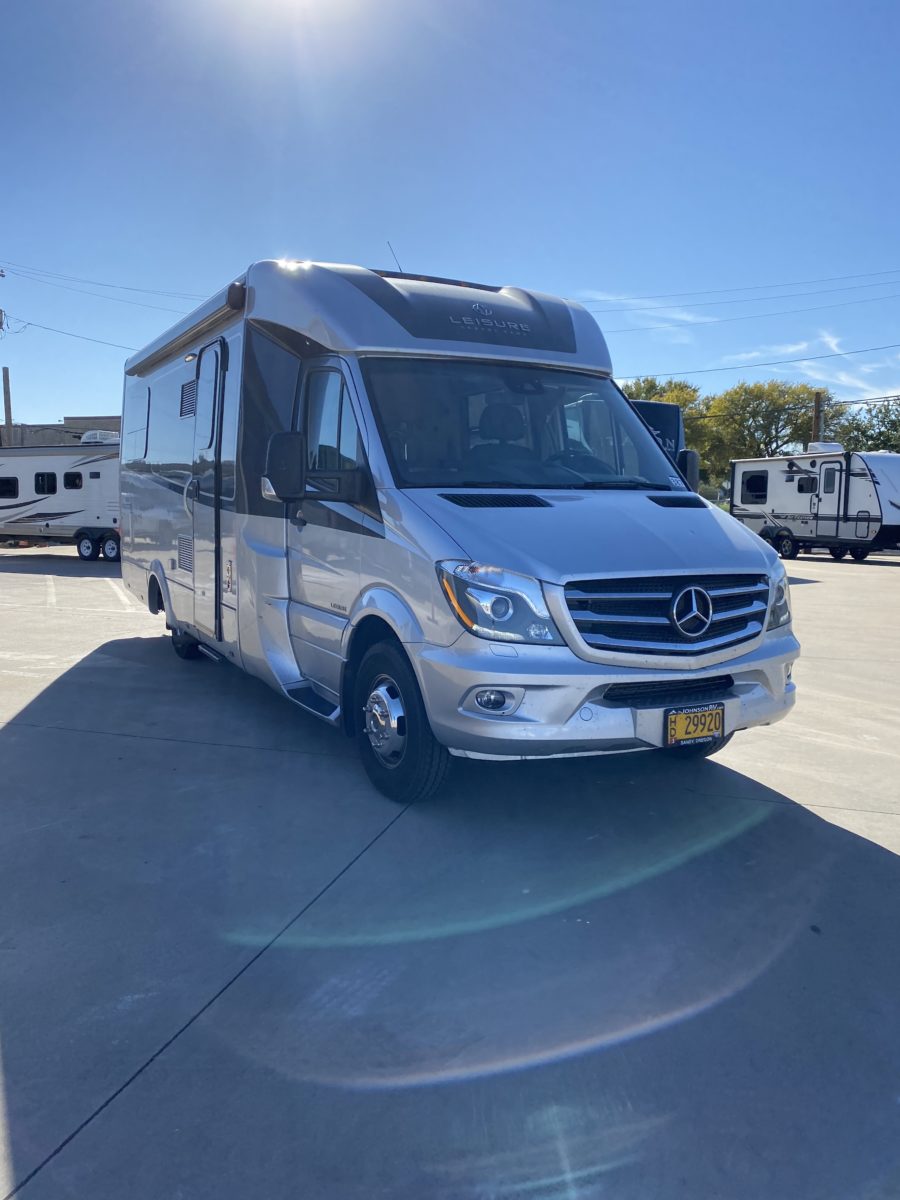
Though I’d traveled the world, driven Land Rovers around Africa, and spent many a night camped out in a tent, I had never actually traveled in an RV. I knew very little about RV/van life other than what I’d gleaned from the Internet in the months leading up to this major purchase. Essentially, I was making a leap of faith.
Once I stepped inside the van, however, my nerves eased. It looked and felt better than I had imagined. My excitement grew as I began to picture the journey ahead. I knew this machine would take me on the adventure of a lifetime, and I was starting to feel a thrill. Of course, I still had no clue what I was doing, but at least I was no longer ready to run for the hills.
I didn’t buy my van for weekend excursions or the occasional road trip. I got it so I could live on the road. The plan was to complete my mission of seeing all the US national parks, to write and create from the most beautiful parts of the country, and to spend time with friends and family along the way. There were many reasons I wanted this life, but none of that mattered at that moment, because I suddenly had so many questions. Which tank is which? What does that button do? How does that thing work?
I kept the patient technician at Johnson RV on his toes for hours as he fielded my never-ending questions. But, once I felt I could at least get by, I set off on my first drive with thoughts of inverters, pumps, dumps, and fans spinning around in my head. Though I was now at least knowledgable enough to use the van without blowing it up, I had a lot to work out. Where would I park this 25-foot yacht? How would I find fresh water? Is it really that hard to get camping reservations in the national parks?
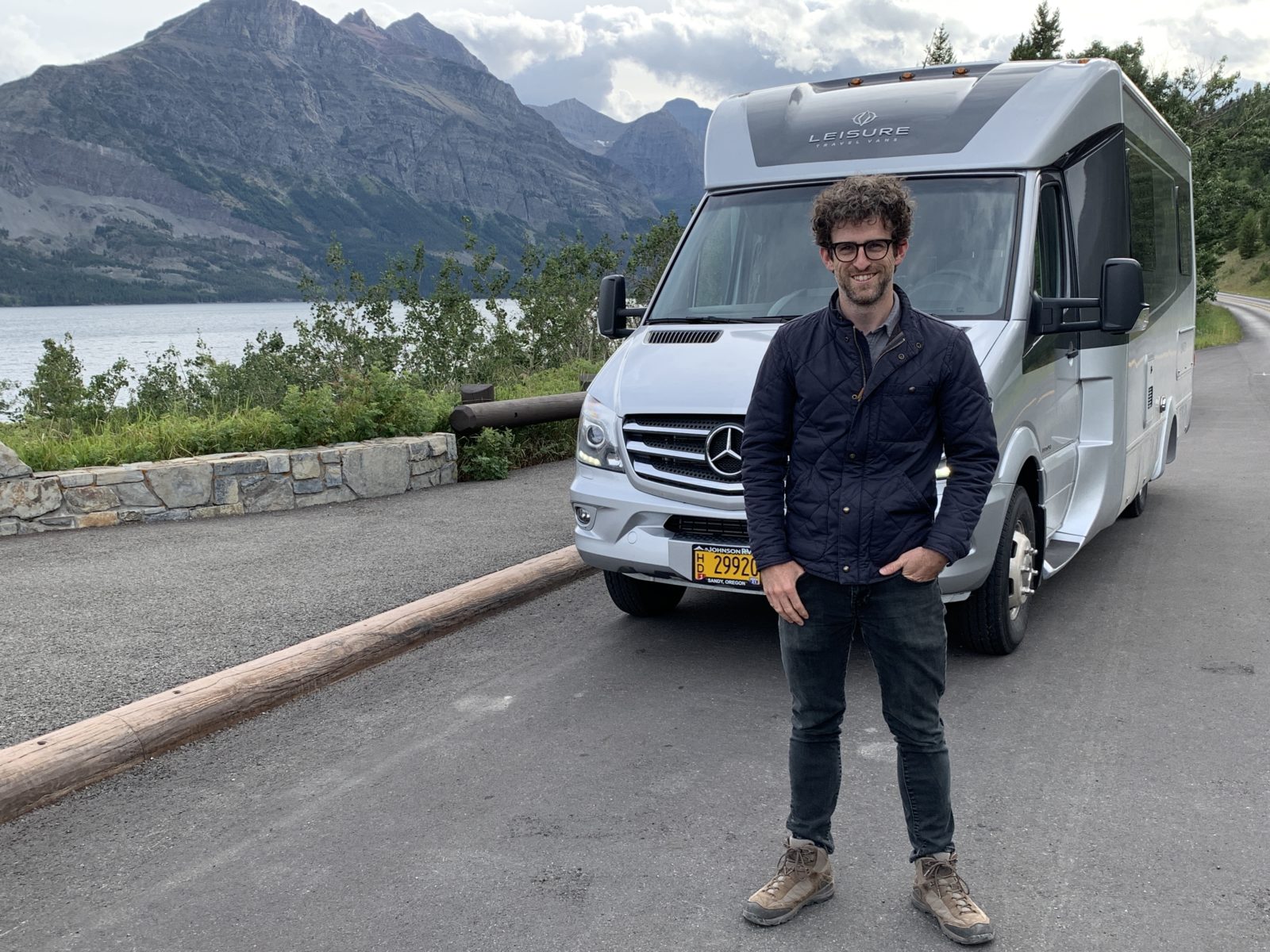
Here I am 40,000 miles and one completely life-changing journey later, and I can absolutely say my leap of faith into RV life was one of the best decisions I’ve ever made. It was a lot easier than I had expected, too! After a few months of short “training wheels” trips, I made the jump to full-time RVing in July of 2019 and only wish I’d done it sooner. There’s something incredibly freeing about living on the road. It may not be for everyone, and I will confess I’ll be going back to “normal” life soon, but it’s been a spectacular and freeing adventure, and I couldn’t be happier with my decision.
Looking back at some of my original concerns, I can’t help but laugh! That’s not to say I haven’t had a few tough nights and didn’t make some dumb mistakes along the way. But, what adventure is without challenges? And what challenge doesn’t ultimately turn into a good story?
As a guide to new and prospective RVers, I figured I would do a Q+A between the me of January 2019 and my present-day road-warrior self. Here goes:
Will the van be cumbersome/difficult to drive? Will heavy winds catapult me off the road?
I’ve actually found the ride to be far smoother than I expected. I can easily keep up with traffic, cruise right along, and brake much like I’m driving a car. I handle turns with ease and can get around just about anywhere, cities included. I like how the van’s height also allows me to easily see what’s going on well ahead of me, providing an added sense of safety and comfort. I thought my drives would be more of a means to an end rather than an end unto themselves. But, it is a joy to be at the helm of the van, traveling in comfort.
Of course, there were a few things I had to learn, and it can take some time to get used to the size and feel of the van. But after just a few trips, I got the swing of it. Even heavy winds aren’t a problem for me anymore. Though this rarely even comes up as a problem, adjusting your steering to counter-act the pull of the wind becomes an easy reflex. The newer Ford and Mercedes chassis also have great safety features, including lane-keeping assist, which make driving even easier. At this point, I feel comfortable driving in just about any conditions. Funny enough, I borrowed a regular car from a friend in Los Angeles recently and felt far more uncomfortable and unsafe driving that little thing than my van!
Where the heck will I park this thing?
This was probably my biggest concern at the beginning. I had originally planned to get a smaller Sprinter. But, after seeing several in person, I decided they would be too cramped to call home. The Unity interior, on the other hand, was love at first sight, but I knew I’d be making a compromise on the size. Though my van doesn’t quite fit (length-wise) in a regular-sized parking spot, and is too tall for a typical garage, parking has largely been a non-issue.

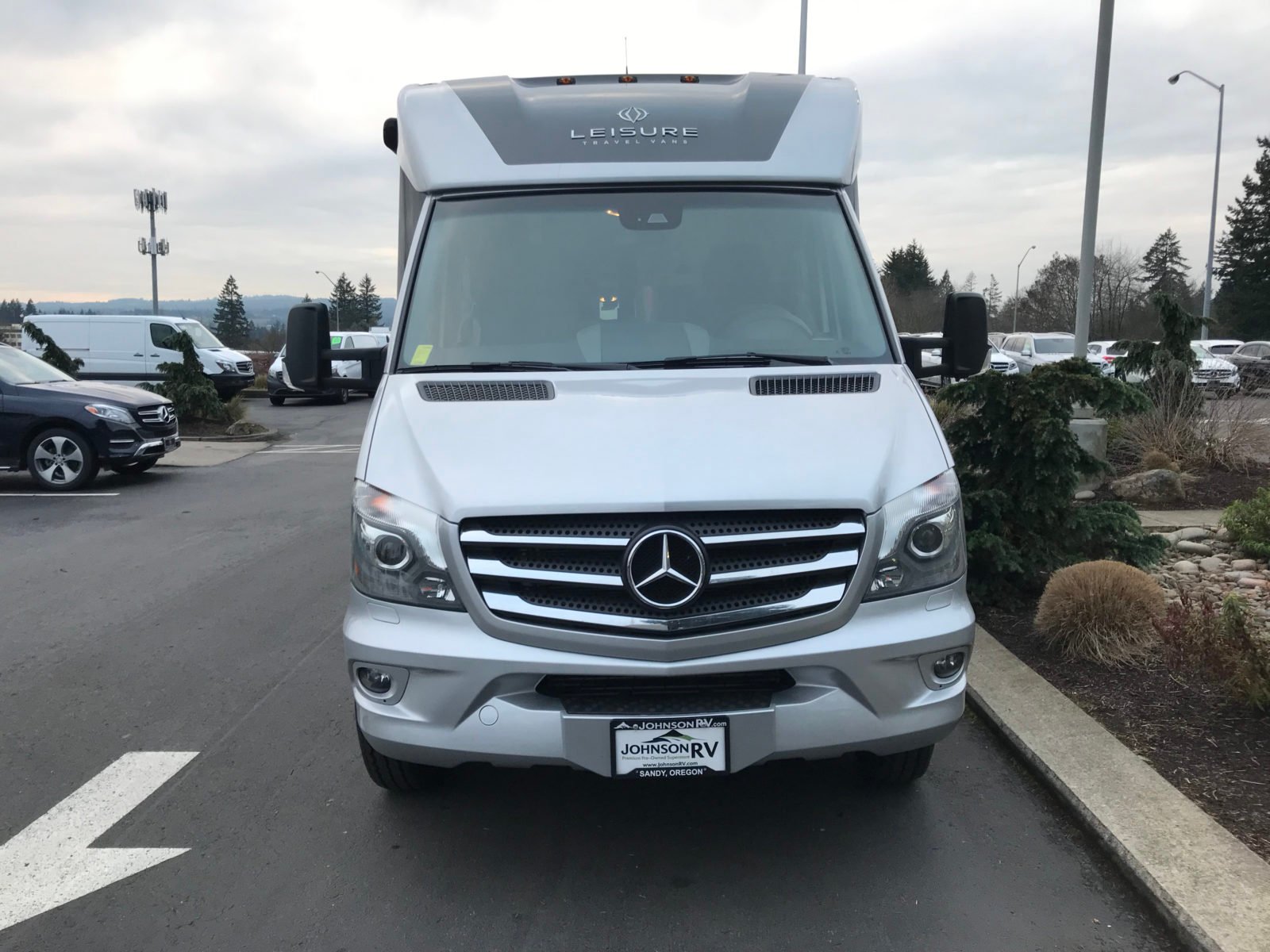
In fact, I’ve managed to park on the streets of Los Angeles, San Francisco, Portland, Toronto, Miami, and even New York City with no issues! Shopping centers, gas stations, and campgrounds are a total breeze too. Once I learned the ropes, I rarely even thought about the size of my van. Of course, it’s important to look out for height and length restrictions on the road, and you probably won’t fit in a drive-through. But, why would you need a drive-through anyway when you have a gourmet kitchen on board? In my experience, LTVs are the perfect size, striking the right balance between comfort and ease of travel.
Where will I sleep at night?
It seems like a simple question, but there are a lot of possible answers to this one! It really comes down to your style. I’ve found that everyone has a different strategy for camping. Personally, I’m not the type who plans everything out months in advance. I like to embrace the moment and see where a given day or experience takes me.
I’ve found there is always a place to stay. Over the course of two years on the road, I’ve never failed to find an overnight spot and have never been kicked out of a spot either. I’ve stayed everywhere at this point: national parks, state parks, national forests, RV parks, BLM land, city streets, rest stops, truck stops, Walmarts, vineyards, friends’ driveways, you name it! Once or twice, a campground has been full or a spot has felt a little unsafe. But, there’s always another option down the road. That’s my experience anyway.
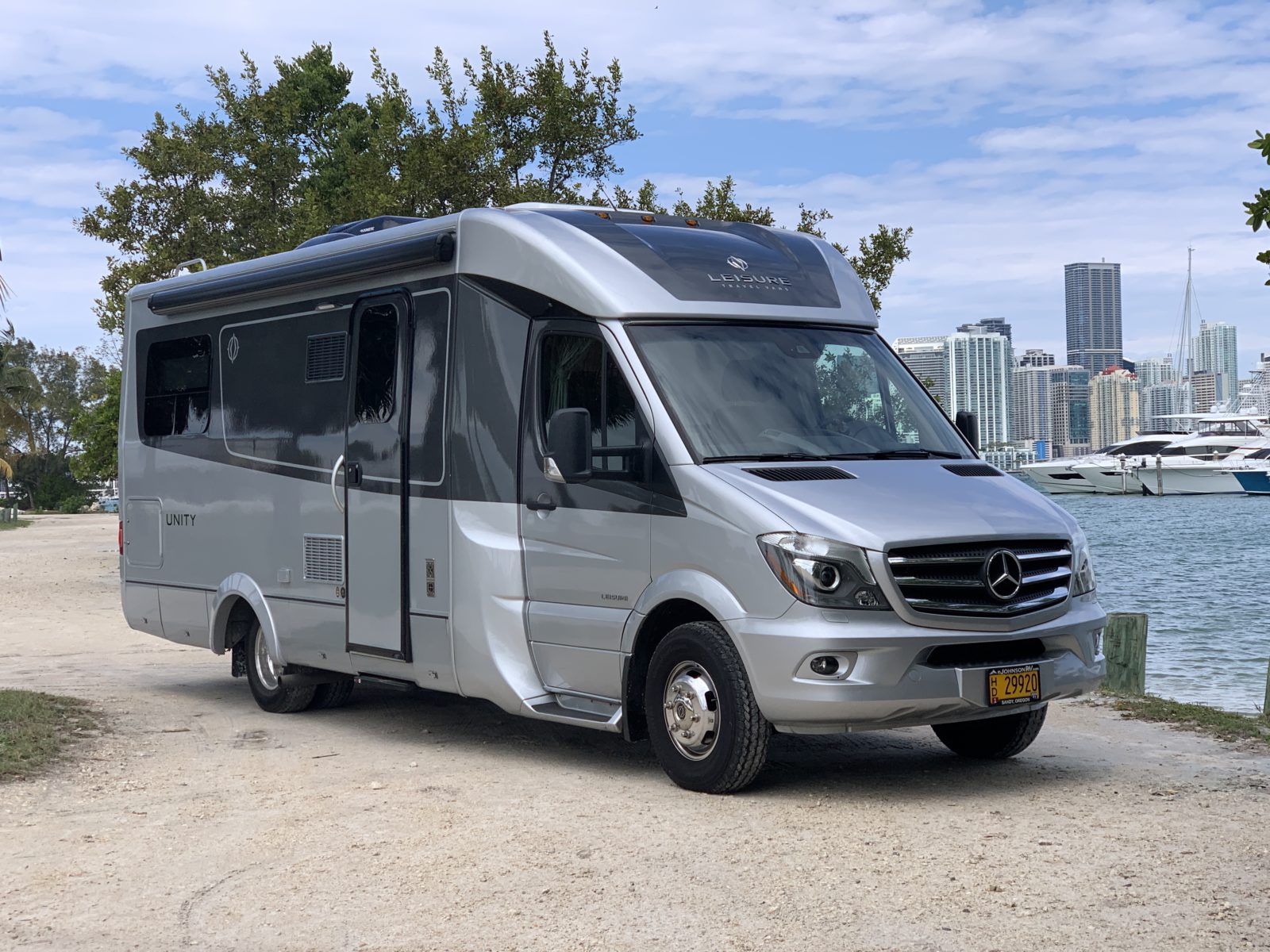
I’ve even managed to get same-day camping reservations at beautiful campgrounds in Glacier, Yellowstone, and Grand Teton National Parks – and in August, no less! (Be sure to check with the rangers for last-minute cancellations.) As far as campsite hook-ups go, I’ve found I rarely need them. My batteries easily stay powered through the night and my tanks can last me for about a week on my own, three days when traveling with a friend, or twenty minutes when my girlfriend is on board. (Just kidding! Though we did have a productive discussion about shower lengths…)
There are plenty of other posts about camping apps, but I’ll mention that my go-to resources for campsites have been Allstays, Campendium, and Harvest Hosts. Recreation.gov, ReserveAmerica.com, and various state and local park websites have also been very helpful for research and reservations.
Note: Most of my national park camping was pre-pandemic. COVID-19 has made things a bit more complicated. Many campgrounds are no longer allowing same-day reservations or first come, first serve. Be sure to check in advance.
Where will I empty/fill my tanks?
I’ve discovered there’s an impressive infrastructure all over North America that I simply didn’t know about before “joining the club.” I’ve managed to always find facilities whenever I’ve needed them. Most of the major parks have dump stations. Many gas stations and practically every RV park have facilities as well. Sometimes, I’ve had to pay a small fee, but usually it’s free and easy. Apps like Campendium and Allstays also list nearby sites and can be very helpful. For me, this has been another minor and painless part of the journey, though it is important to monitor your tanks and budget time for regular emptying and filling.
Where will I go?
In my case, I’ve had the clear mission of visiting all the national parks, and I found this to be very helpful in guiding my journey. I like the balance of having exact targets on the map, but also the flexibility to meander and explore in between. Word of mouth has been very helpful as well. I like to ask people I meet along the way about what they’ve enjoyed nearby, and I always get great suggestions. I’ve also found it helpful to Google the areas I’m traveling through to get a better sense of the local highlights. A simple Google image search can lead to great discoveries. Atlas Obscura is another amazing resource that has brought me to some truly fascinating and suitably obscure places. To see some of the hidden gems from my journey, please feel free to read my post from last year about the short film I created for Leisure Travel Vans, Call of the Open Road. The post contains a map of the locations in my video.
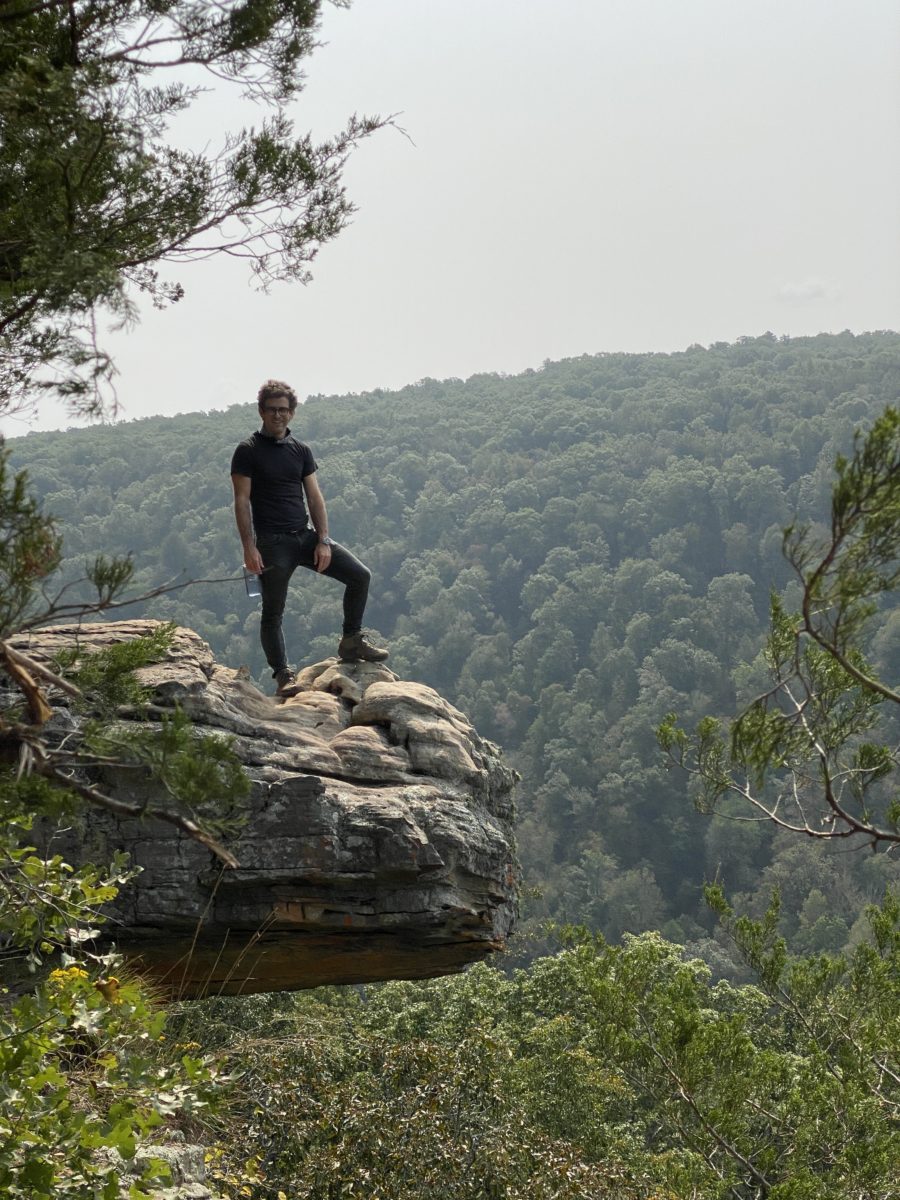
Finally, I recommend getting a printed road atlas. The handy road maps within list scenic drives, campsites, and highlights along your route, which can be great for planning. This can also be a nice way to plan out your trip when you don’t have cell service or you feel like disconnecting from technology for a bit. Plus, it’s fun to mark your route with a highlighter as you go!
What will people think?
Perhaps a silly question, but I did wonder if my friends, family, and clients would think I had gone off the deep end, moving from my home in LA to a van. Would they think I had become Cousin Eddie, or worse, Walter White? In reality, people have been extremely supportive and interested in my journey. Many have expressed their fair share of jealousy, too! Especially now, given the difficulty of travel by other means, a lot of folks are flocking to van/RV life. I guess I was ahead of the curve! There really is an amazing and diverse community of RVers out there and a lot of interest in the lifestyle.
So, that’s where things stand after 40,000 miles and nearly a year-and-a-half on the road. I realize I may sound overly positive, but I mean it all! I have loved my experience, and if I could go back to mile zero and do it all over again, I would. Sure, I’ve had to fix various things along the way and once nearly blew up my sewer hose, but I look back on those moments and laugh. It’s all part of the journey. Now that I’ve completed my mission of seeing all the national parks in the Lower 48 states, I’ll be transitioning back to more stationary living. But, I’m excited to keep the dream alive with shorter trips throughout the year and hopefully a long summer excursion. There’s always more to see, and once you get a taste of life on the road, it can be hard to go back! I’m glad I pushed past my initial concerns and went for the long haul. If you’re on the fence or are just getting started, I say throw caution to the wind and just get out there! It’s worth it.


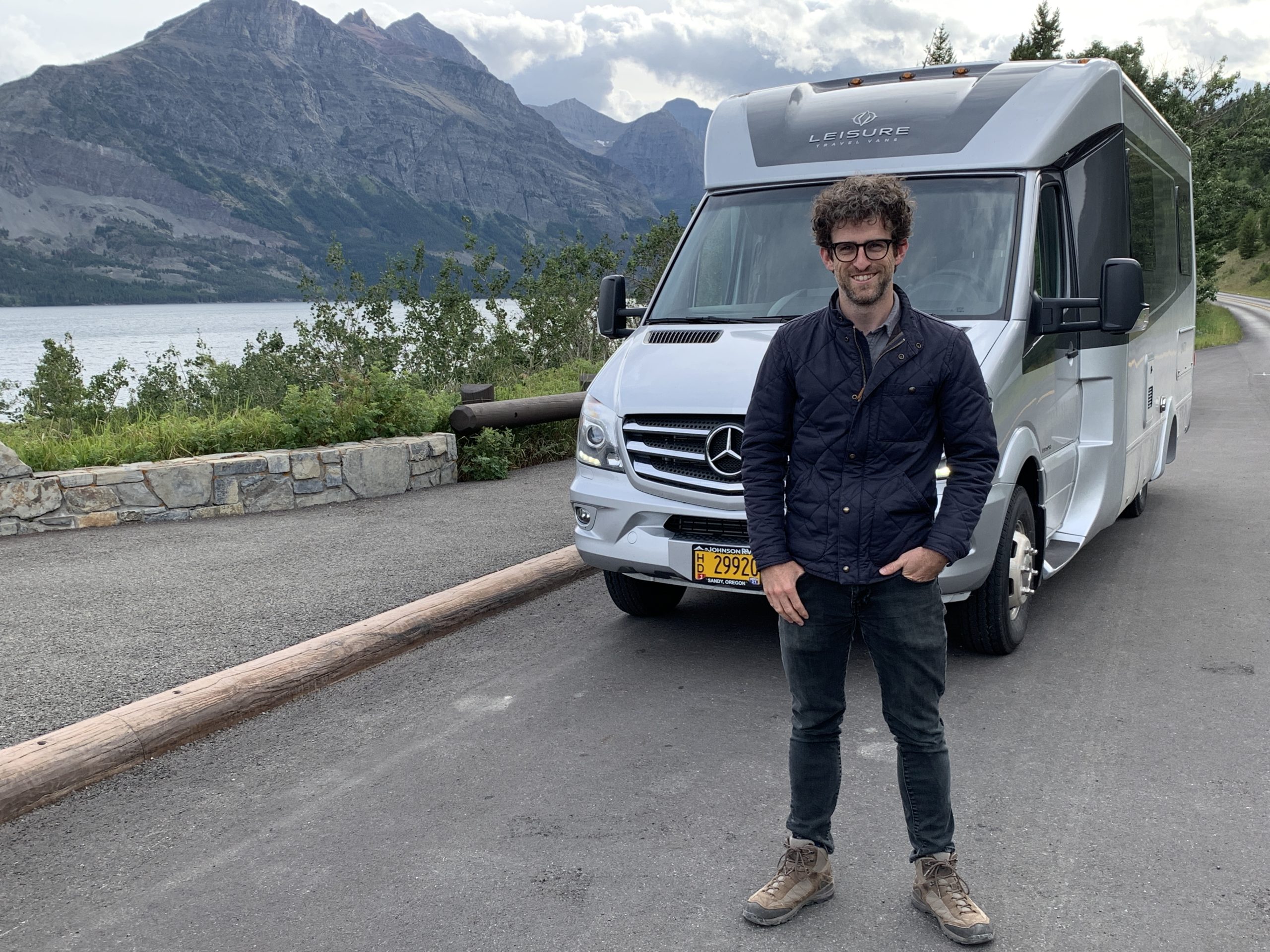

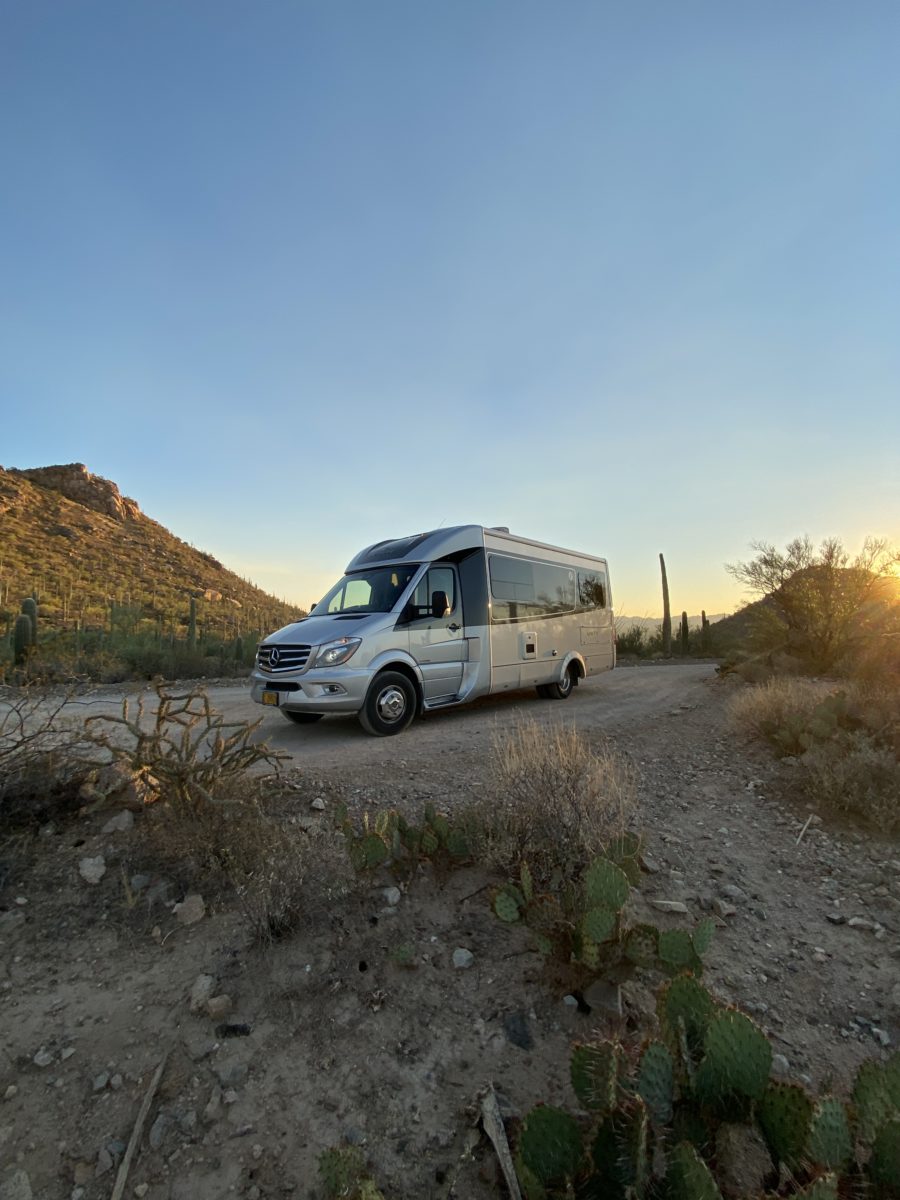
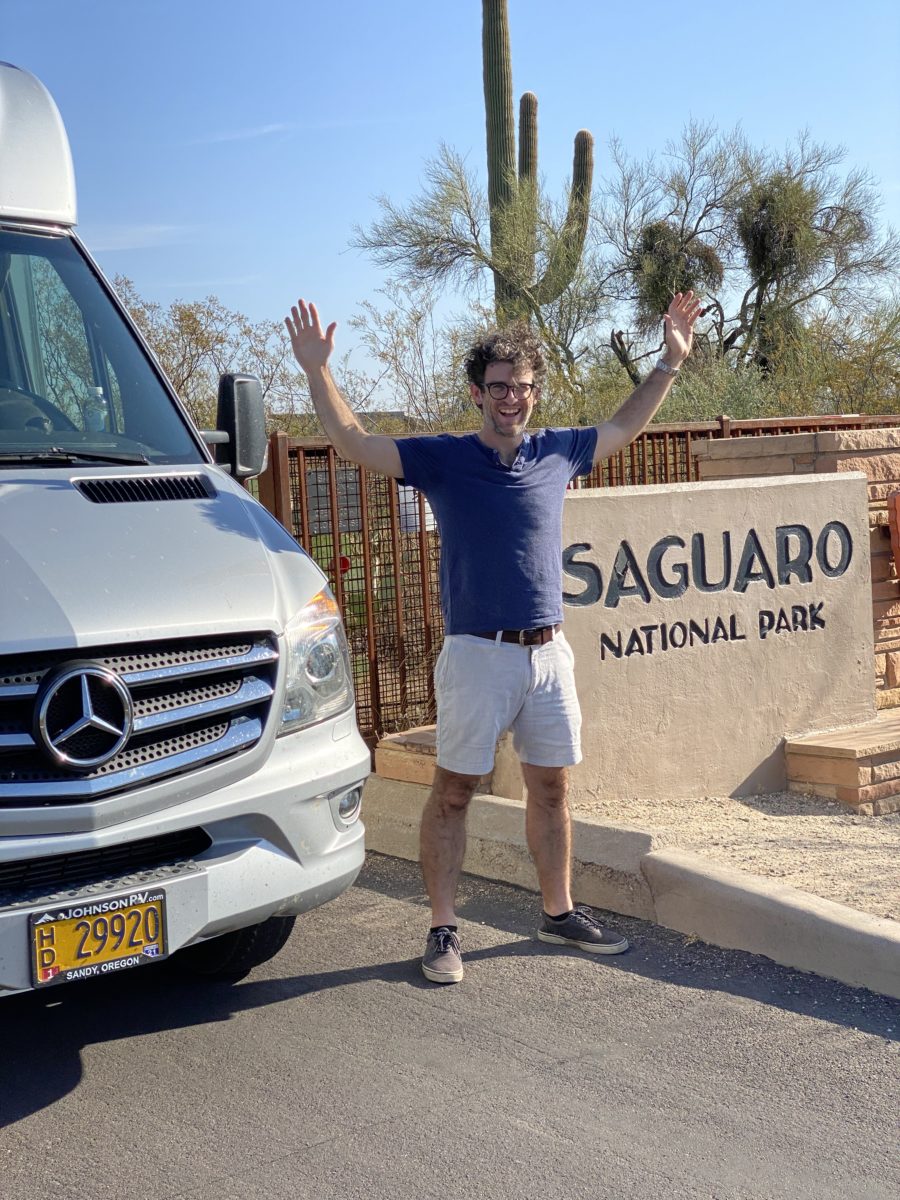
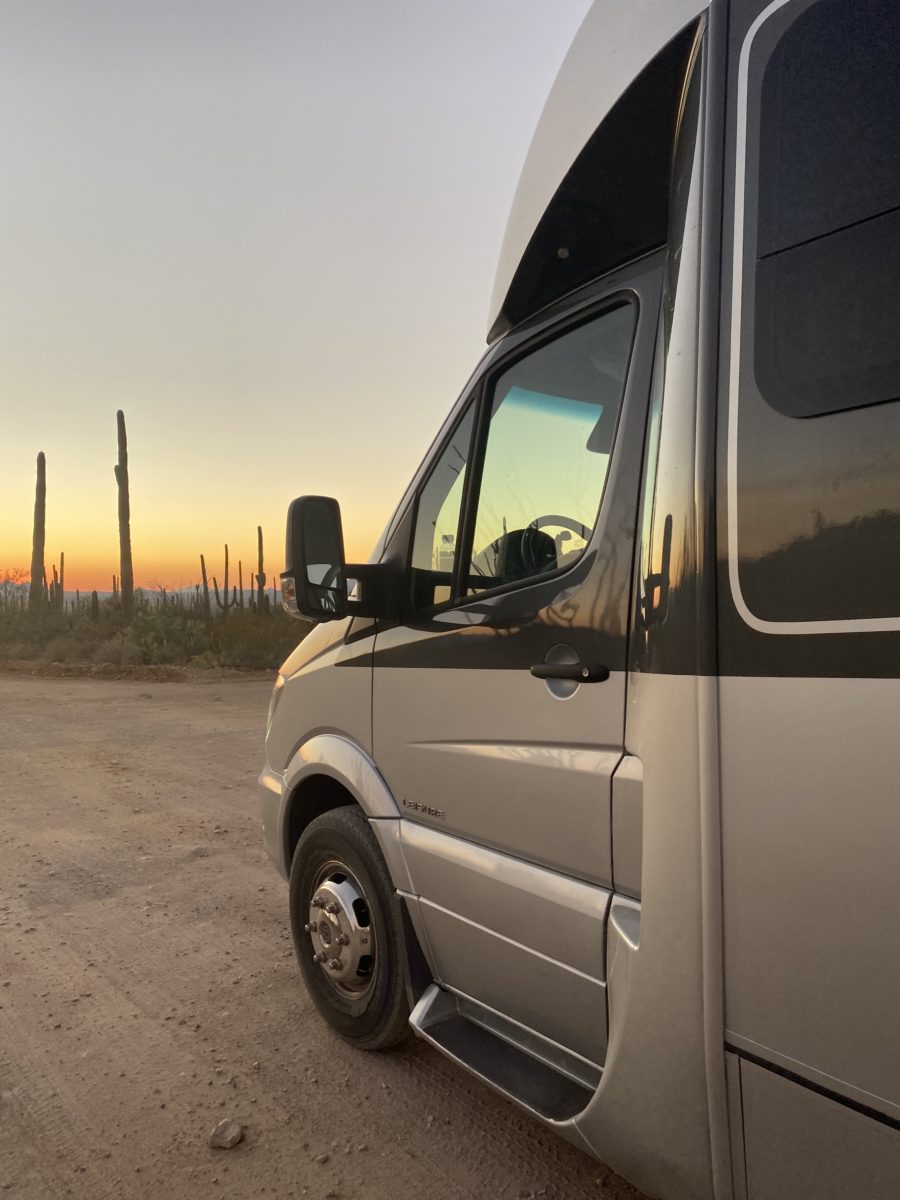
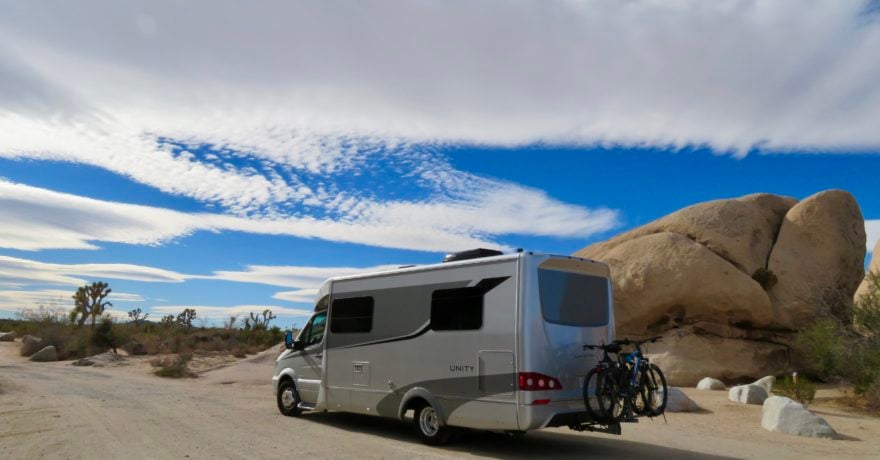

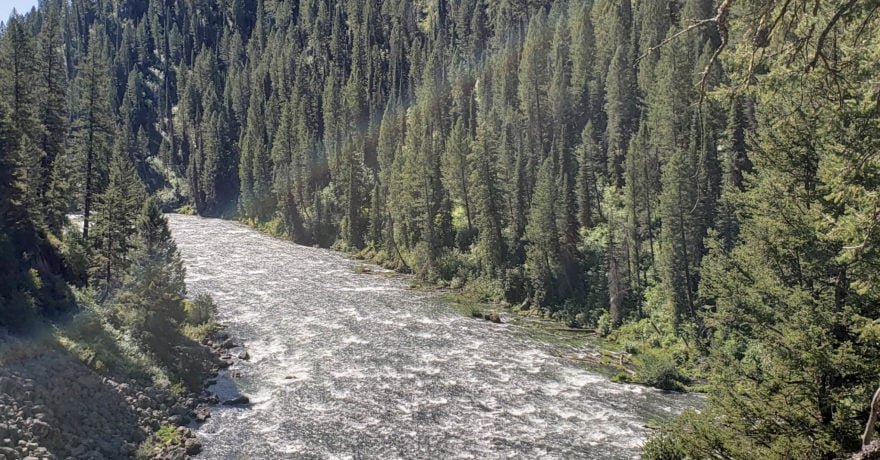
Comments